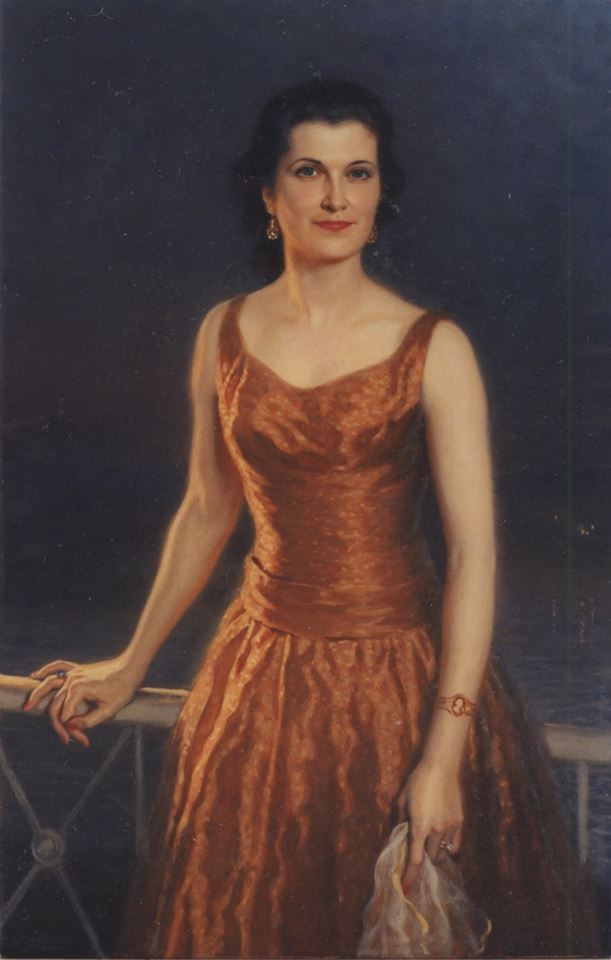François Heaulmé was born in the Haute-Savoie at Saint-Jorioz on 26th
September 1927. He studied classics at Thônes
Comprehensive School and
then in Paris at Lycée Michelet.
He frequented the Louvre from his early youth, where he “studied” painting
before the “motif”. The “motif” in this case was not an exterior subject to be
represented but the basic subject of all painting, in other words, painting itself.
This was a exercise in looking to understand what painting was really all about.
The painter enquires into/explores (Italians use the word indagare) the manyfaceted reality of the painters’ subject to make their secrets his own and to find
the alchemy of this particular substance.
Living first in Paris and then in the Champagne district, he settled in the Lot,
near Cahors, in 1967. That year he became interested, alongside oils on
canvas, in monotype techniques. This was to enrich his aesthetic resources
throughout his career, as can be seen in the remarkable series of pictures
inspired by Oscar Wilde’s Ballad of Reading Gaol.
After the Expressionist period of his early exhibitions, when he primarily used
full brush technique, François Heaulmé developed another style and a different
treatment of space, starting in the 70s. Canvasses from this period represent
theatrical settings, more or less empty or full of strange “beings”: men, animals,
and sometimes leaves.. As if disciplined, his brush bent to a new askesis. The
picture became dense and profound, and his touch emaciated. Flesh is certainly
still in his painting but less tactile; it vibrates in unison with subtle essentiality.
The painter explains what he means in The Pastrycook’s Dog, a text he wrote
for the retrospective in the Saint-Denis Museum (1986).
During the 80s and until now he has continued his quest for the essentials,
giving up the thick brushwork and brilliancy of his early years. The presence of
this essentialness can be seen in the light, even the grain of the animated
canvas, reanimated by the light virtuoso brushwork.
And twenty years later, the artist’s words are an echo of those used in The
Pastrycook’s Dog. The text entitled Twenty Years On was published in the
catalogue of the Henri-Martin Museum, Cahors (18th March – 6th June 2005).
Jeanne Heaulmé
François Heaulmé è nato nel dipartimento francese dell’Alta Savoia a Saint-Jorioz
il 26 settembre 1927. Studia latino e greco nella scuola di Thônes e prosegue gli
studi classici a Parigi presso il liceo Michelet.
Da habitué del Louvre fin da giovanissimo, egli “studia” la pittura direttamente
davanti al “modello”, il modello non essendo in questo caso l’immagine di un
modello esterno da rappresentare ma il soggetto essenziale de ogni pittura, vale a
dire la pittura in sé. Esercizio dello sguardo per capire, carpire ciò che ne
costituisce la vera sostanza. Il pittore esplora, indaga la realtà multipla della
materia dei pittori per impadronirsi dei loro segreti e trovare l’alchimia della propria
sostanza.
Vissuto prima a Paris e nella Champagne, prende dimora nel 1967 nel Lot, vicino
alla città di Cahors. Nello stesso anno affianca all’interesse per gli oli su tela quello
per la tecnica dei monotipi di cui arricchirà le risorse estetiche lungo tutta la
carriera come dimostra la notevole serie ispirata a The Ballad of Reading Gaol di
Oscar Wilde (2002-2004).
Dopo il periodo “espressionista” delle prime mostre nelle quali viene ancora
privilegiata la concretezza di un impasto imponente, palpabile, egli crea negli anni
’70 un’ altro stile e un altro spazio, in dipinti raffiguranti scenografie teatrali più o
meno vuote, o popolate di “esseri“ strani: uomini, animali, perfino foglie. Il pennello,
come disciplinato, si piega a una nuova ascesi. L’immagine è densa, profonda, e la
pennellata tenue tenue. Eppure trionfa la carne della pittura, ma essa, meno tattile,
vibra all’unisono di una sottile essenzialità. Il pittore riflette sulla propria poetica in
Le chien du pâtissier (Il cane del pasticciere), testo da lui scritto per la retrospettiva
del museo di Saint-Denis (1986).
Prosegue negli anni ’80 e fino a oggi la propria ricerca di una materia essenziale,
fatta della rinuncia alle pennellate luccicanti e cariche di pigmento di prima, la cui
presenza si nutre della stessa luce della grana della tela, animata, rianimata, dalla
leggerezza di un pennello virtuoso.
E venti anni dopo i discorsi dell’artista riecheggiano quelli affidati a Le chien du
pâtissier. Il testo Vingt ans plus tard verrà pubblicato nel catalogo della mostra del
Musée Henri-Martin a Cahors (18 marzo – 6 giugno 2005).
Jeanne Heaulmé
February 2005






